Part Two: Thompson, CT
This is part two of my writing about a series I made in 2006 called: Thompson, CT. In that first post I wrote about the photographs I made mostly along the first row of housing and then stopped with a picture at the end of the row.
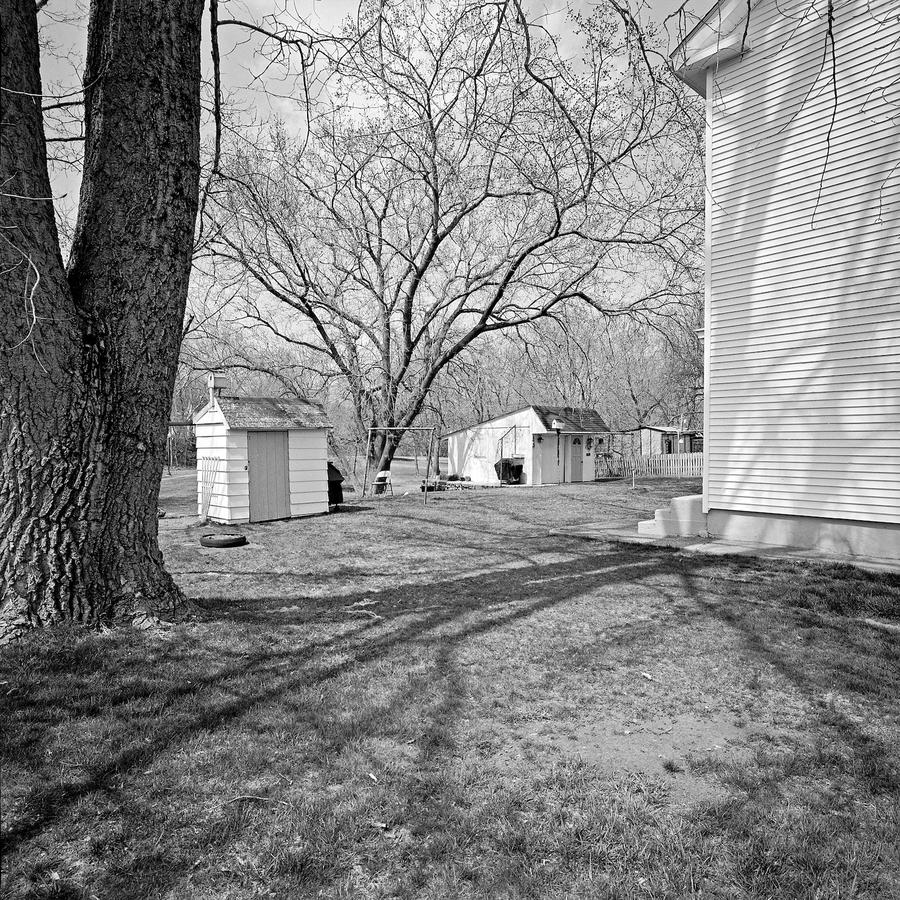
Here I'm almost in the same place and show, for the first time, by turning left slightly, what is behind the row of housing. Beyond the sheds in the backyard you can see that the view opens out with some sort of field and then there are trees in the far background. I've tried to contain the picture by channeling you past the tree on the left and the edge of the back of the building on the right to take your eye farther back.This picture is predictive, in that I am photographing where I am heading.
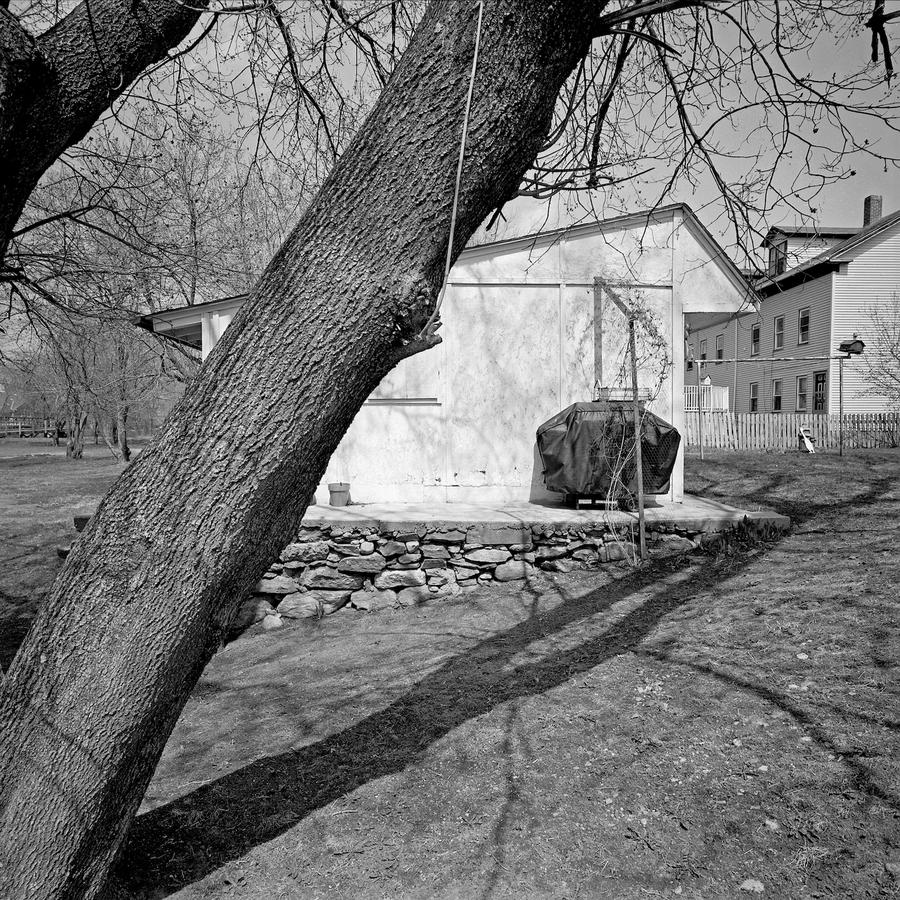 This one looks back slightly to show a shed intersected by a diagonal tree and the back of one of the housing units on the right side.
This one looks back slightly to show a shed intersected by a diagonal tree and the back of one of the housing units on the right side.
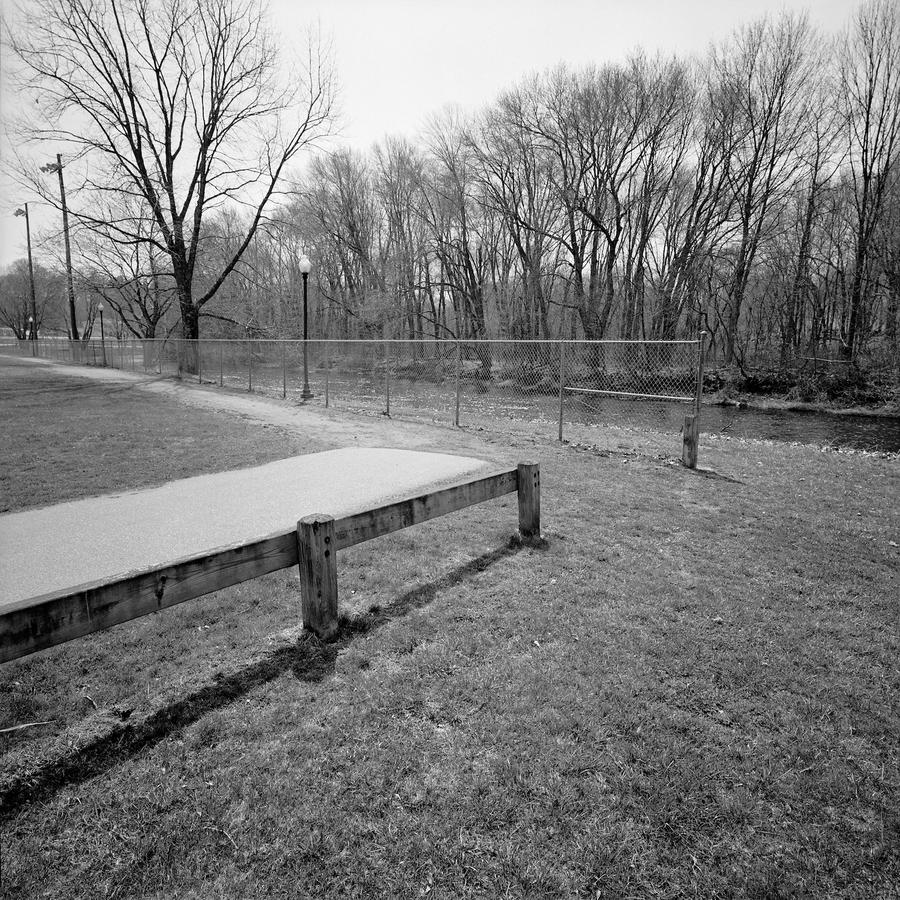 Here, for the first time, I have left it all behind and am showing the river, the row of trees on the far shore, a little bit of the edge of the baseball field, and the fence that contains it. This was something of an experiment, to try to move into a separate subset of work within the larger series, a little like some music in the middle of a song that is hugely different, perhaps a different tempo or rhythm. In more recent series I have done this with a switch from black and white to color as in: 'Sconset, Nantucket 2012
Here, for the first time, I have left it all behind and am showing the river, the row of trees on the far shore, a little bit of the edge of the baseball field, and the fence that contains it. This was something of an experiment, to try to move into a separate subset of work within the larger series, a little like some music in the middle of a song that is hugely different, perhaps a different tempo or rhythm. In more recent series I have done this with a switch from black and white to color as in: 'Sconset, Nantucket 2012
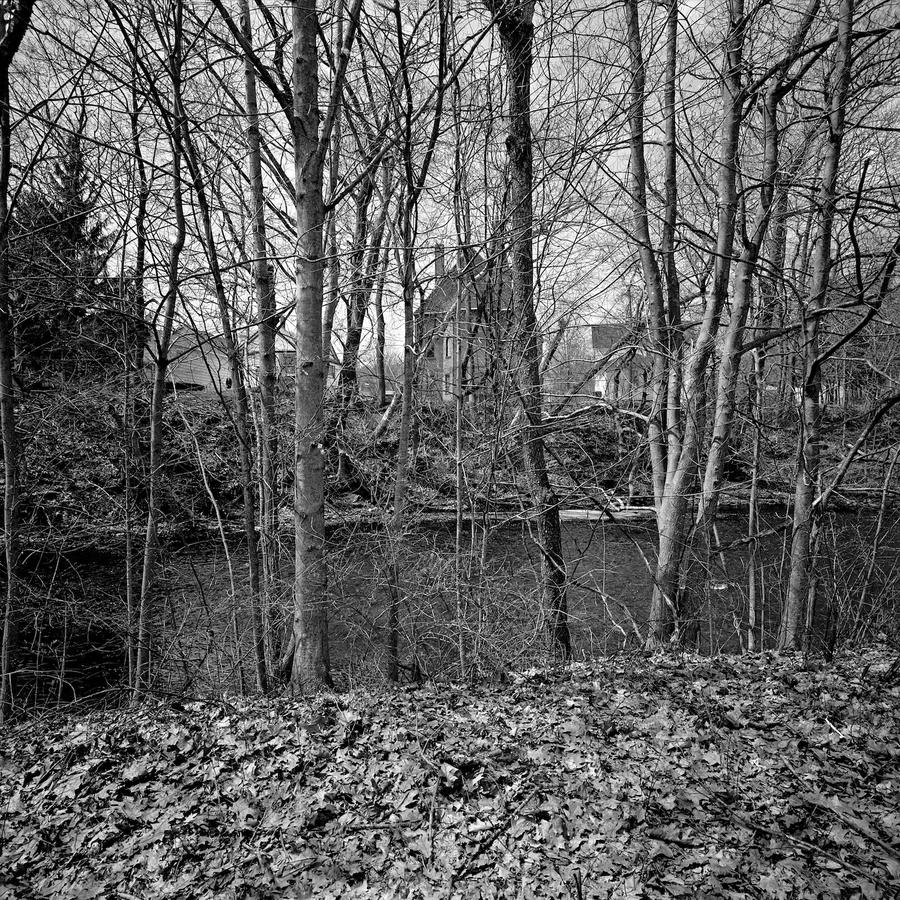
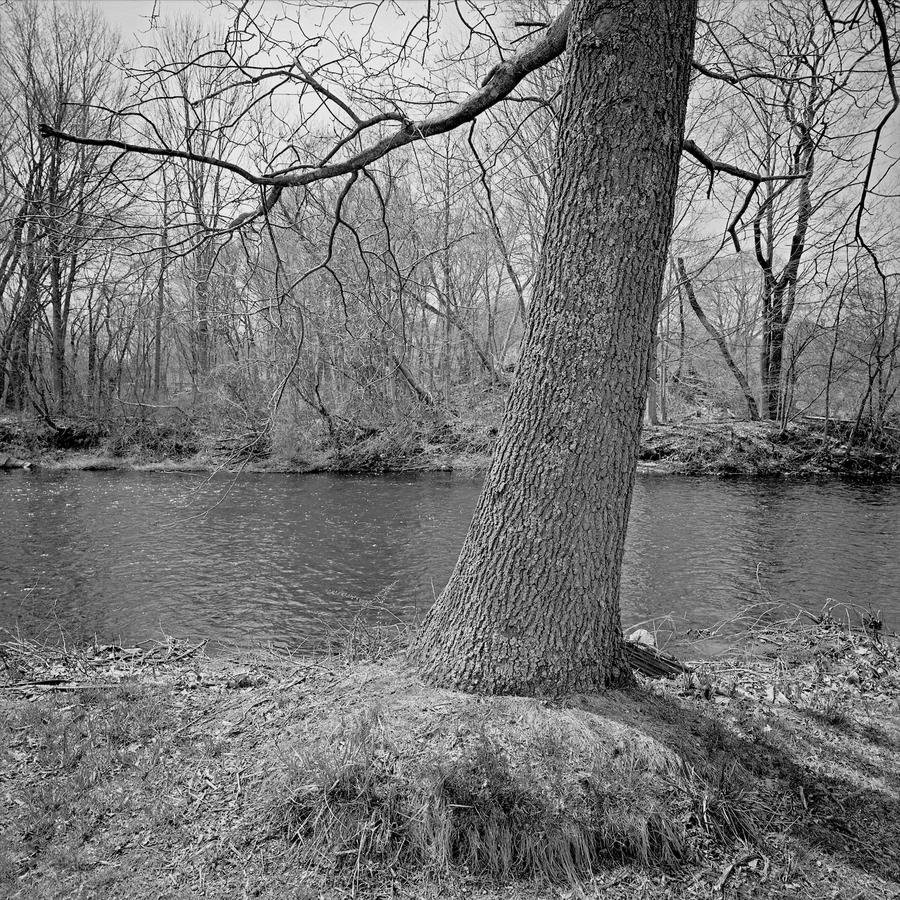
Another tree trunk prominent in the frame, large enough to block the scene a little. I love the texture of the tree itself and the early spring sunlight.
And here, finally, some purity of form, simply the water and the trees:
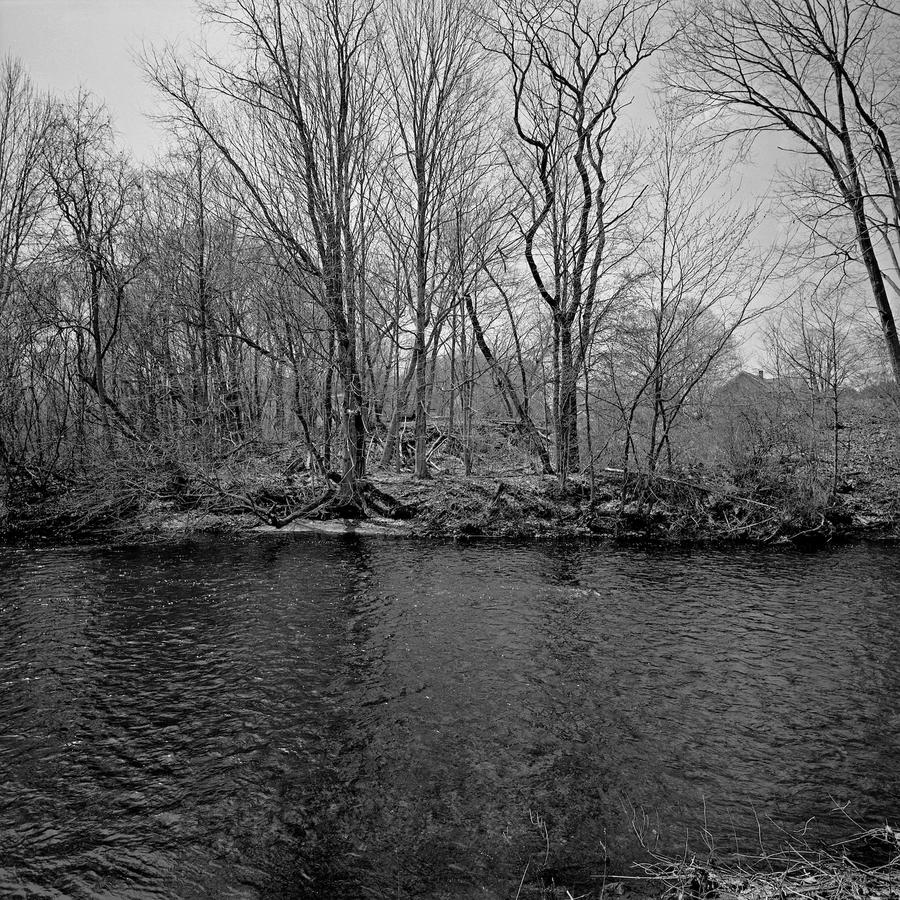
After this recess, this respite from the rigor of the row hosting, it is now time to get back to it, so here, again, in a picture that is somewhat confrontational, is this:
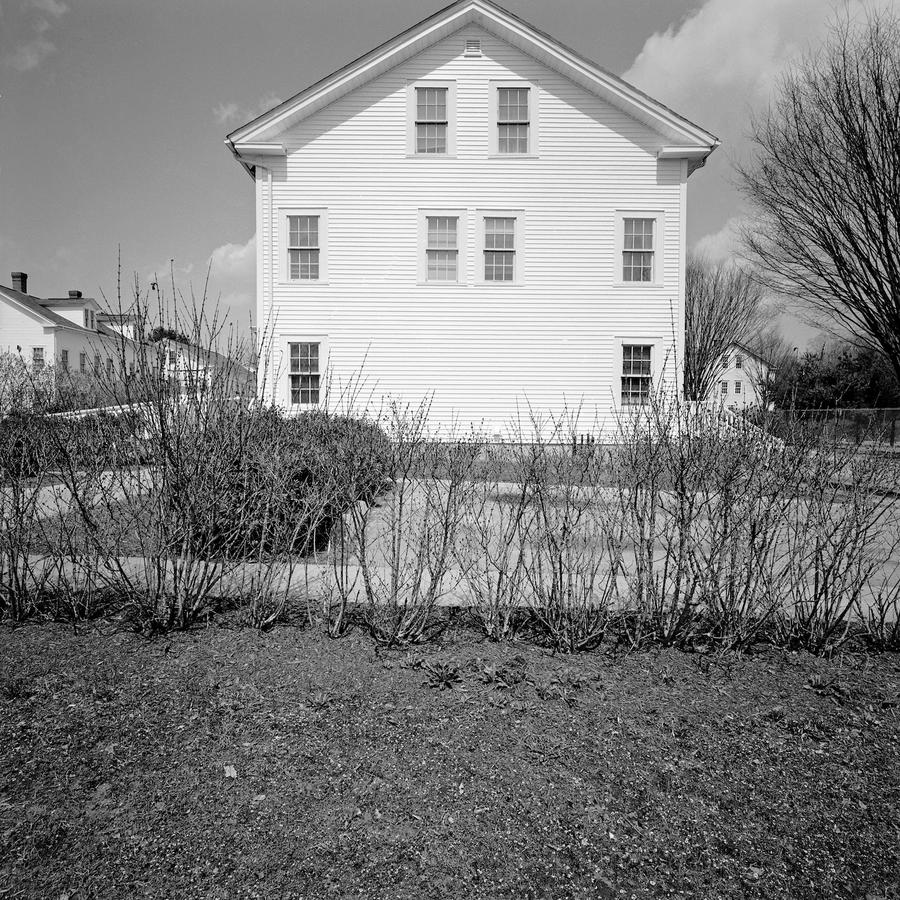
Perhaps slightly more contextual than the last one but I felt it was important to bring the viewer back to the overall series.
So, for the rest of the Thompson, CT series we slide along the third row, the pictures showing things that interested me along the way:
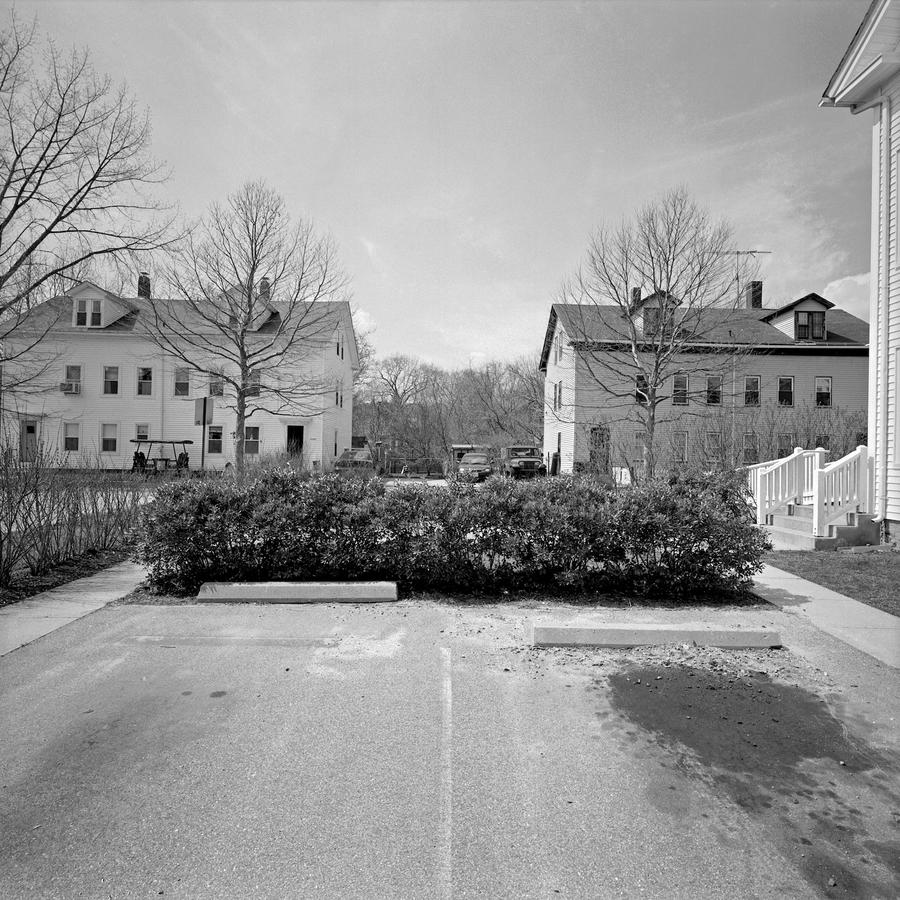
Remember what I said in the first post (Thompson) about this being a series that refers photographs to photographs within the series? This one does that.
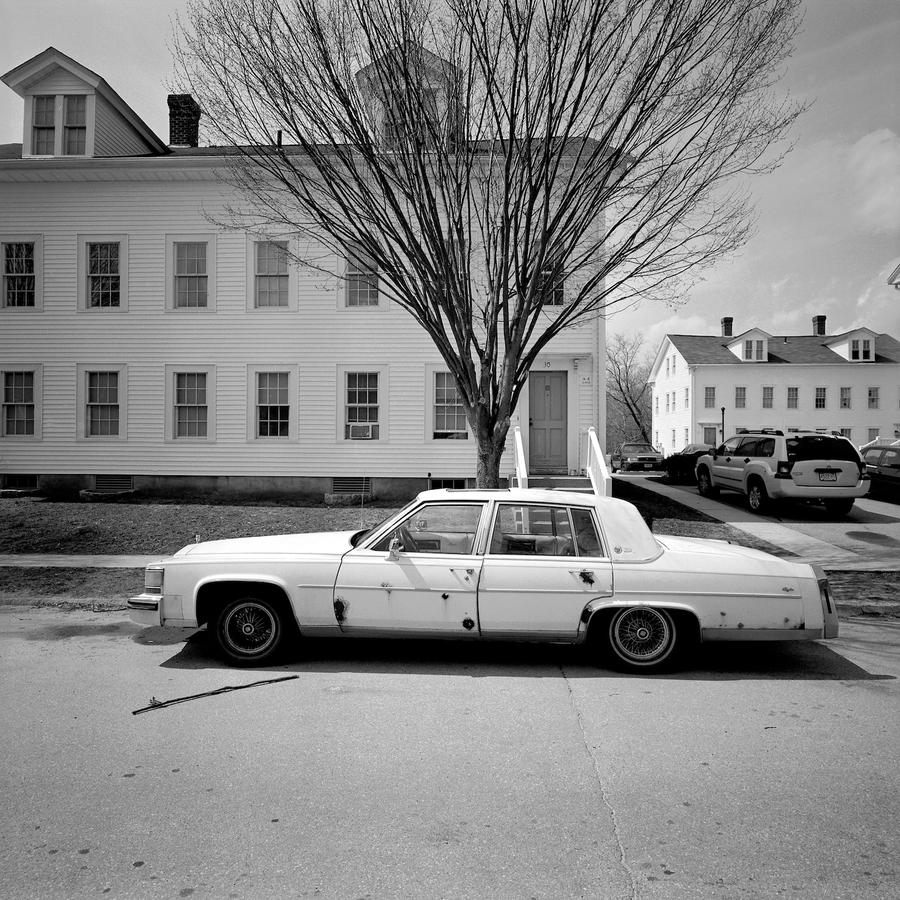 For me this is another "reality better than fiction" picture. The beater Cadillac, as large as an aircraft carrier, glowing in the sunlight with a simply gorgeous and climactic tree shooting out behind it is just about the most wonderful thing I have ever seen. I know, severe hyperbole will get you nowhere but come on, you have to agree. Love that tree.
For me this is another "reality better than fiction" picture. The beater Cadillac, as large as an aircraft carrier, glowing in the sunlight with a simply gorgeous and climactic tree shooting out behind it is just about the most wonderful thing I have ever seen. I know, severe hyperbole will get you nowhere but come on, you have to agree. Love that tree.
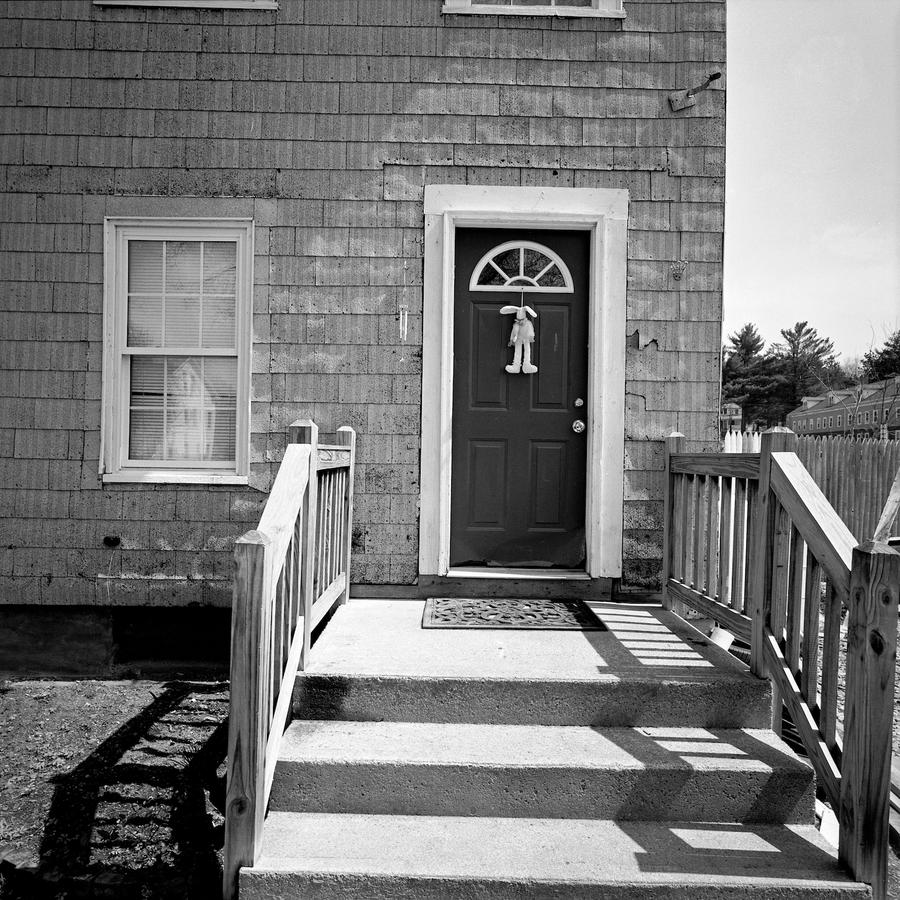
We are beginning to wind things down here in this very large, for me, series of 37 prints. But the "bunny on the door" picture is the image that is closet to its subject, and for good reason, as it speaks to Easter, which is over. The bunny is hung there as if at a gallows, with a noose around its neck. I remember moving to place the building's reflection in the window to reference this picture in the contextt of the overall development.
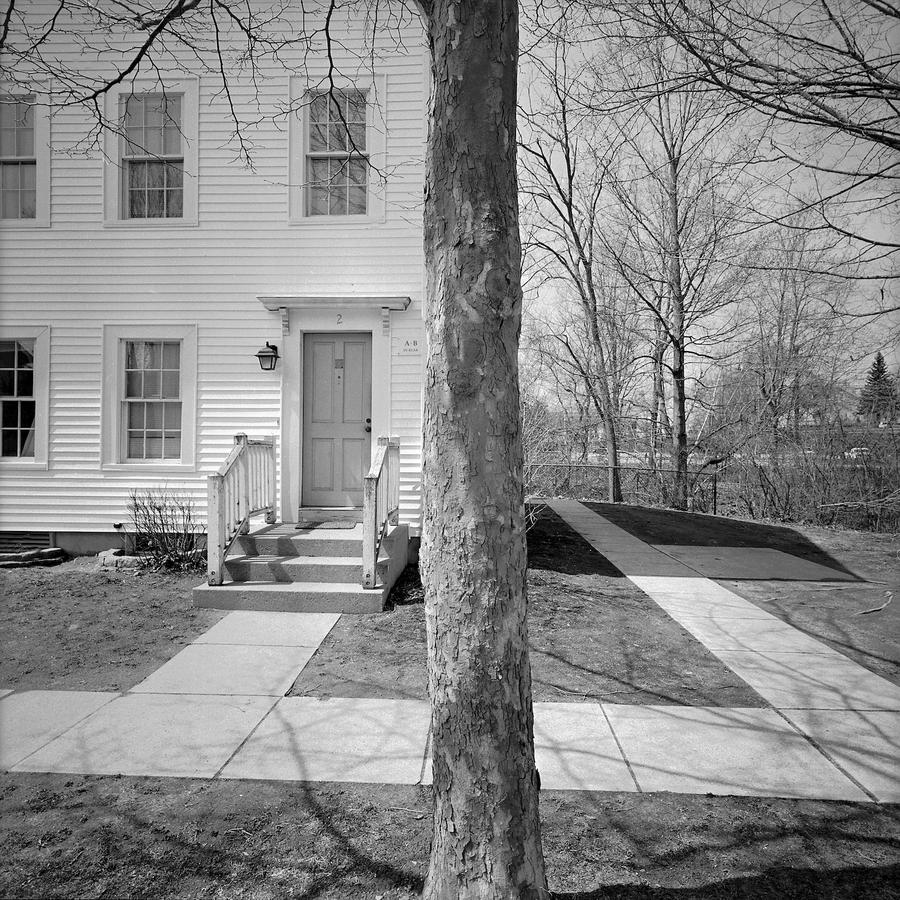 This picture refers to the fourth in the series and signals that I have now come back to the same area where I began. It is a "same but different" picture in that the structure is the same but it is now flipped, as in a mirror image.
This picture refers to the fourth in the series and signals that I have now come back to the same area where I began. It is a "same but different" picture in that the structure is the same but it is now flipped, as in a mirror image.
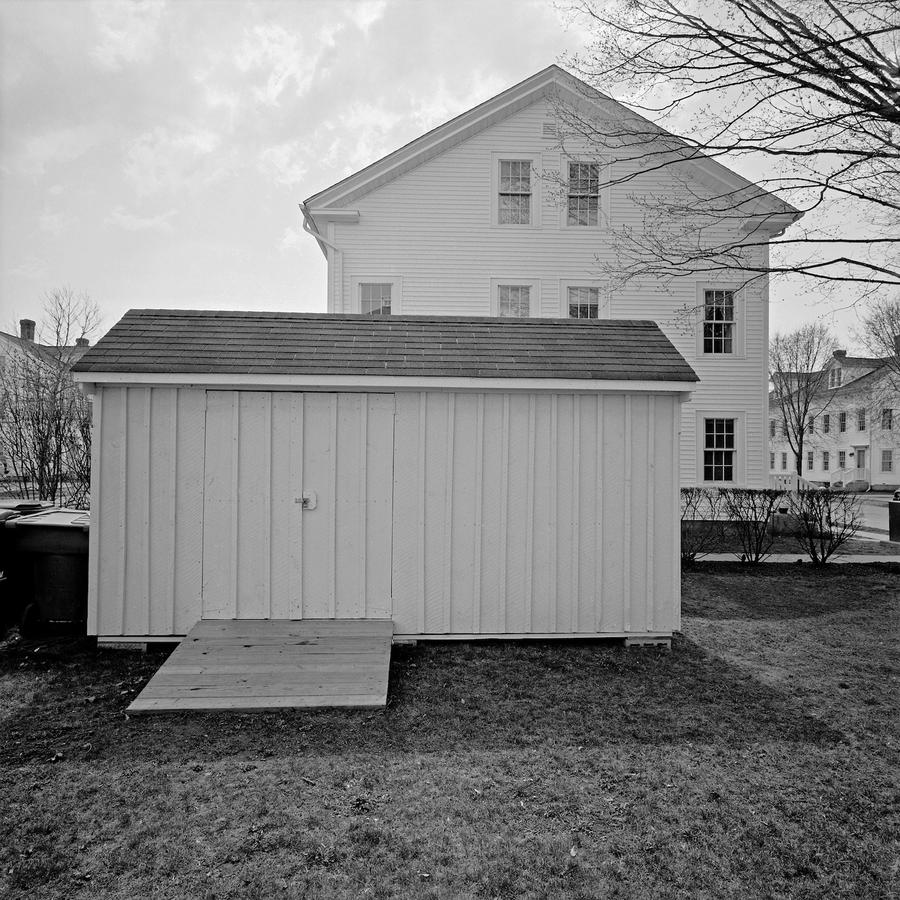 Finally, in the last photograph, this is the same scene that was partially obscured by the circle in the first image of the series, here:
Finally, in the last photograph, this is the same scene that was partially obscured by the circle in the first image of the series, here:
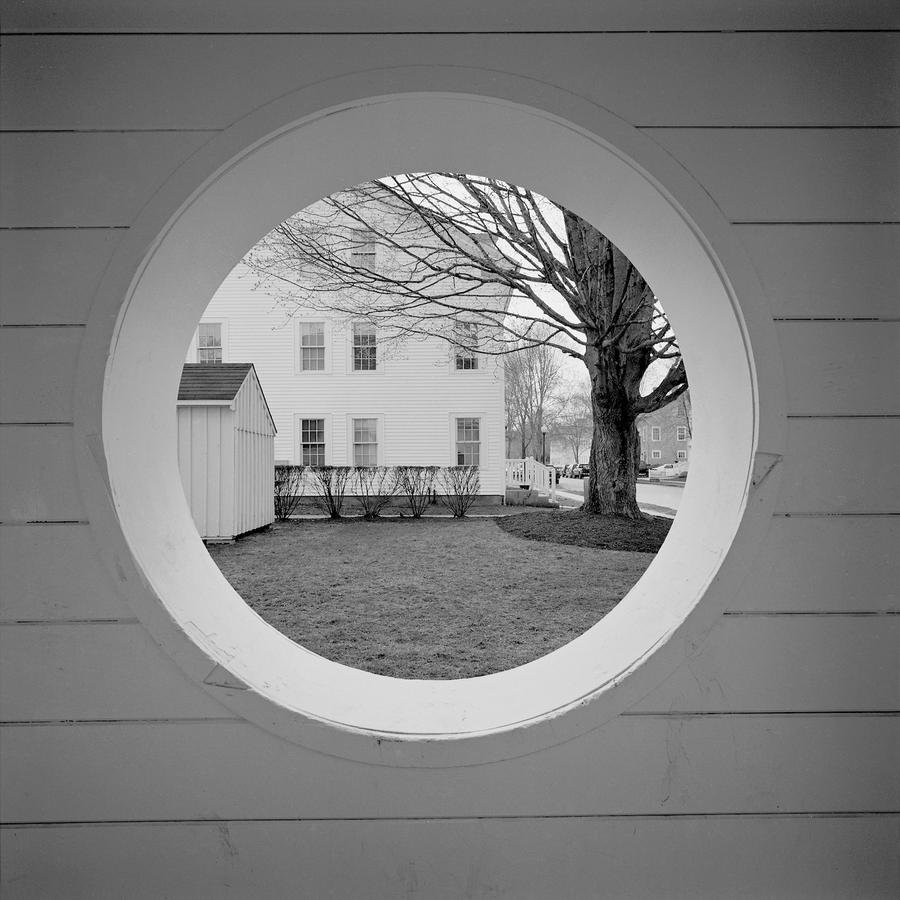 This gives you the full view without the intrusion and is my effort to try to bring to resolution and rest the situation of the housing development and its existing three rows of buildings clearly seen here.
This gives you the full view without the intrusion and is my effort to try to bring to resolution and rest the situation of the housing development and its existing three rows of buildings clearly seen here.
Were I to critique the series I would most likely focus on its ending in that I am not sure it gives the resolution one would hope for. I remember wrestling with the concept back when I made the prints. Is this sufficient, to leave some questions unanswered? I know I felt so at the time. I put this series to bed over 9 years ago and would not go back to rework something to far in my past.
As always, I welcome your comments.
Before I finish I want to mention that the Griffin Museum of Photography in Winchester, MA is holding its annual Focus Awards this Saturday, October 19. (Focus Awards)
This is a big event for the museum but also a very big event for all of photography. If you can, please come. It is best to reserve space beforehand by calling the museum.








 Individualized or just junk? This one directly above just slays me as the birdhouse floats in space, the smiling cow and the American flag on the lower right. Who needs fiction when reality provides richness like this.
Individualized or just junk? This one directly above just slays me as the birdhouse floats in space, the smiling cow and the American flag on the lower right. Who needs fiction when reality provides richness like this.

